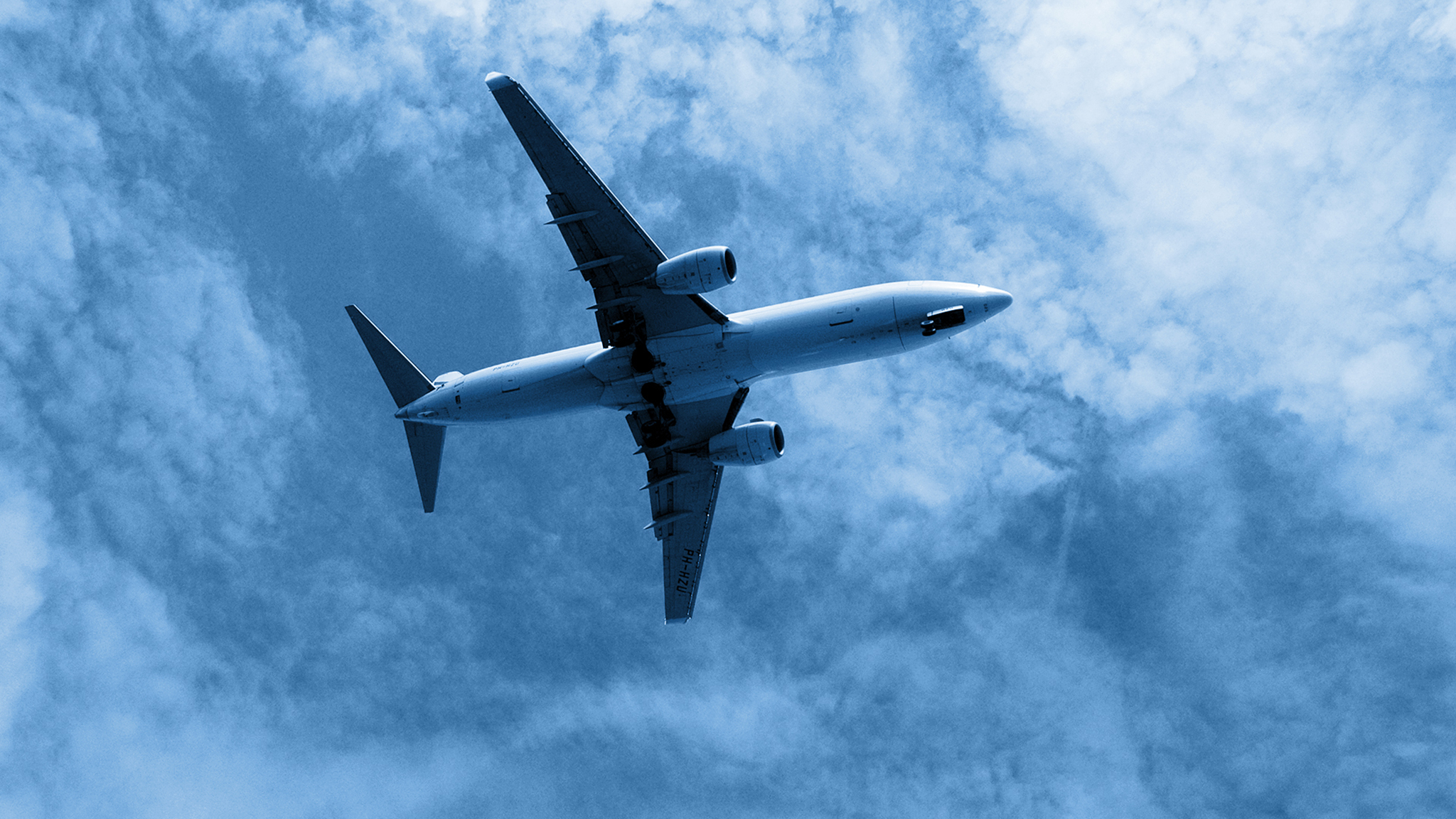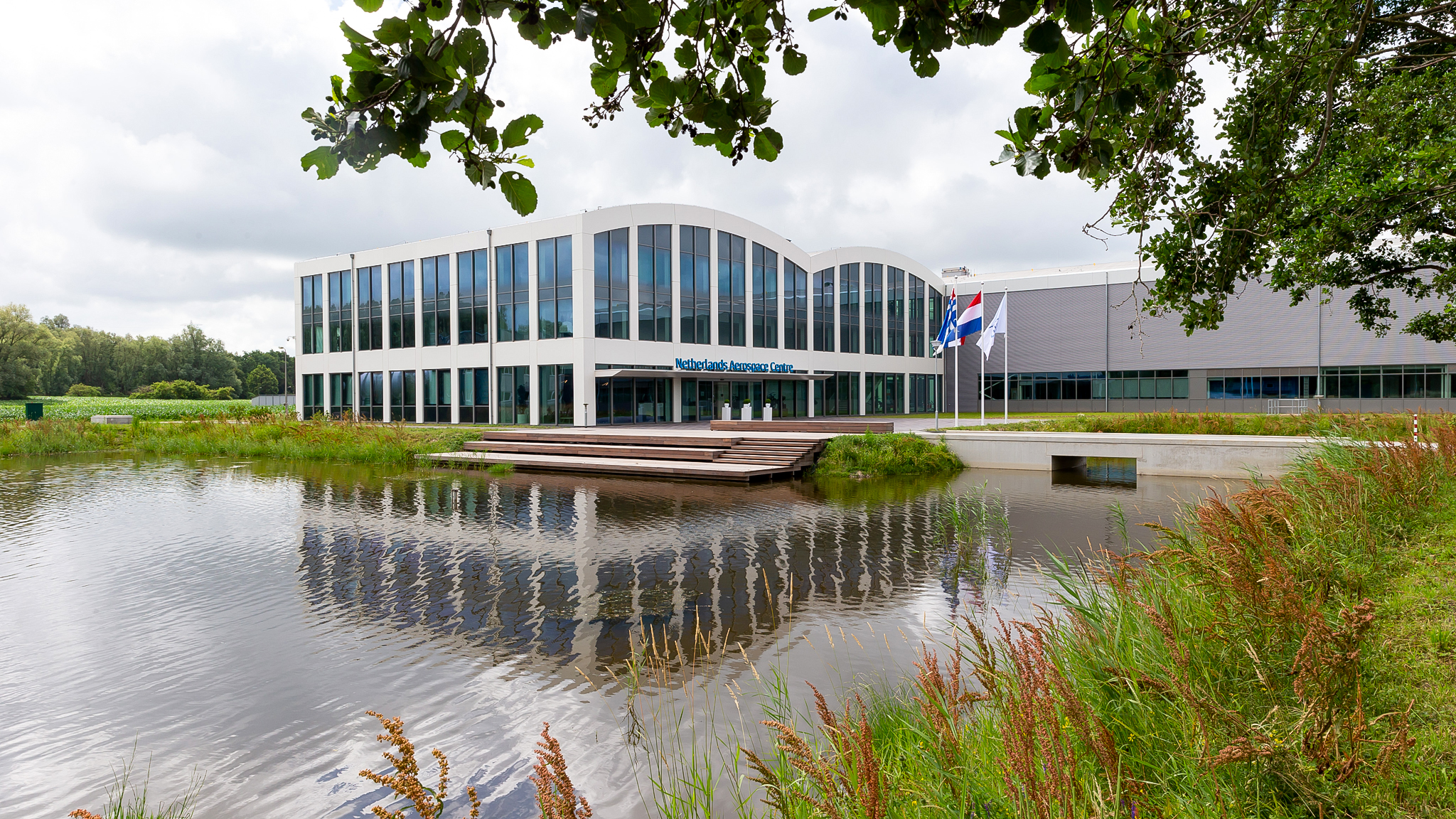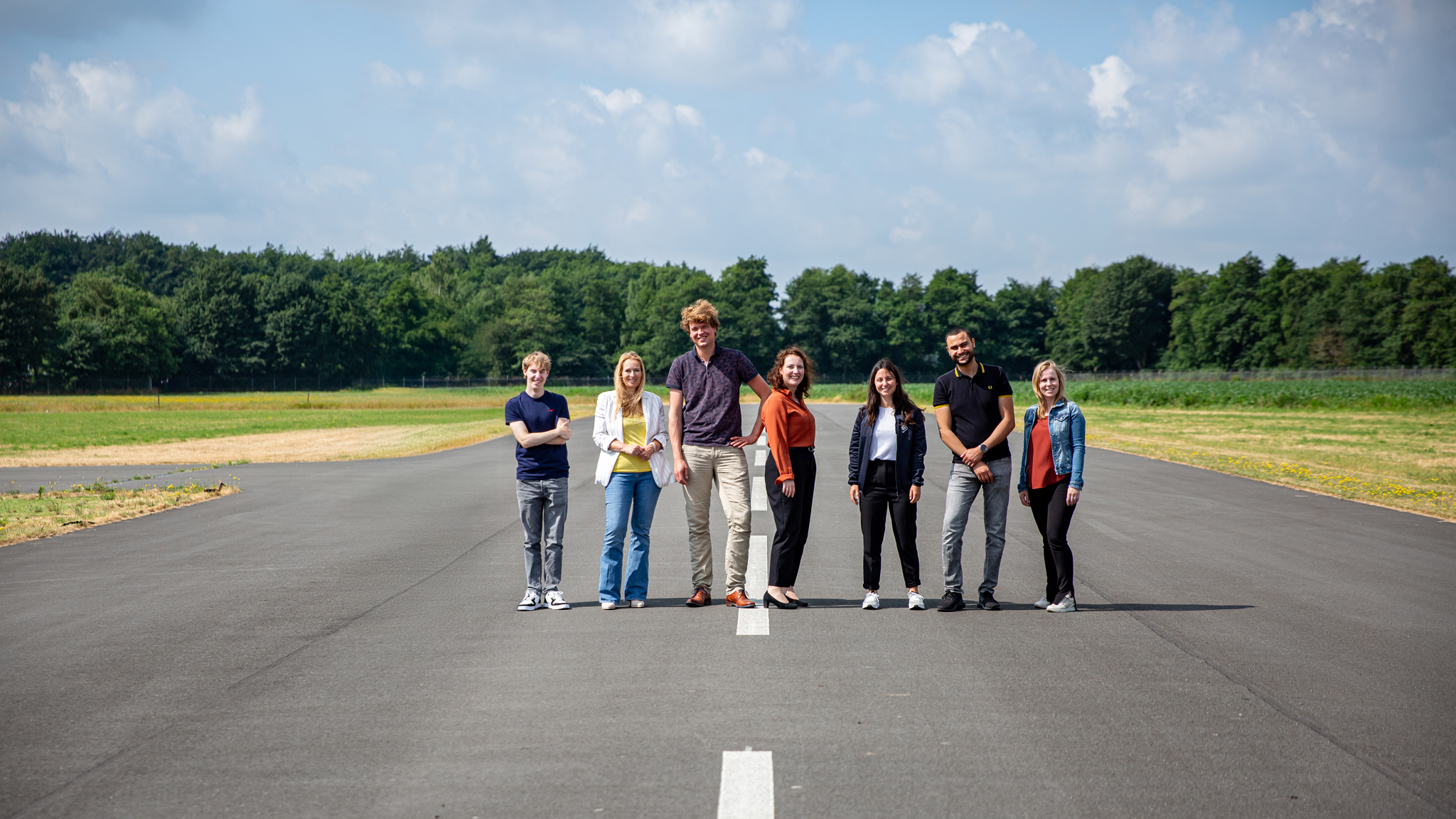Everyone associates the sound of an aircraft flying overhead with something. Various elements play a role in that. The sound that you perceive is not determined solely by the aircraft itself but also for instance by the phase of the flight, the atmospheric conditions and the surroundings: these all affect the perception at ground level. The new website www.vliegtuiggeluid.nl gives stakeholders a picture of how measurements and calculations are used for assessing aircraft noise and of the effect that aircraft noise has on the perceived nuisance and on health. Additionally, the website also gives information about how the maximum noise nuisance from aircraft movements is enforced and what legislation and regulations apply to aircraft noise around the civil aviation airports in the Netherlands. The website was set up by RIVM, NLR and To70 on instructions from the Ministry of Infrastructure and Water Management.
For the nationally significant Dutch airports, the regulations and enforcement are based on noise calculations that rely on underlying assumptions. Noise measurements are not currently directly involved. There was a lively social debate about this that led to the Minister of Infrastructure and Water Management deciding in October 2018 to start a programme-based approach to measuring aircraft noise (Dutch: PAMV). The PAMV was intended to ensure that calculations and measurements of aircraft noise matched better.
For the results of the programme’s first phase (the exploratory study carried out by RIVM, NLR and the KNMI)
The ultimate aim of the approach is for data on the noise burden from air traffic to be recognizable and reliable for everyone. The website provides solid foundations and helps create a complete picture for public information and for policy decisions. Offering general information from an easy-to-find web location is how the three parties are responding to the recommendation from the exploratory phase that public communication about the measurement, calculation, perceptions and regulations related to aircraft noise should be improved. The PAMV consists of three phases: an exploration, the detailing and the realisation. The exploratory phase is now completed. The website launch is part of the detailing phase.



